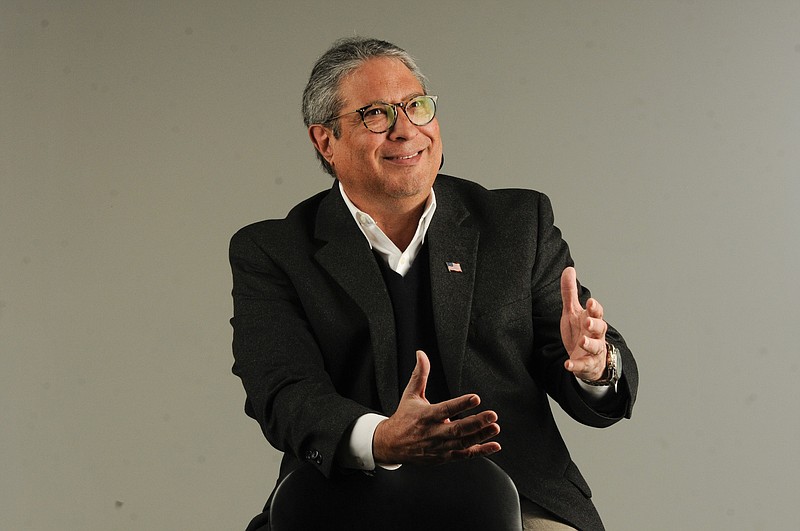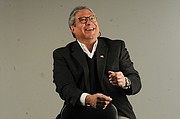Succession planning is not something most people think about until they are ready to retire, but the consequences of waiting could have a lasting effect on your business.
Succession planning is one of the most important tasks and responsibilities of senior managers today. According to Pew Research Center, 10,000 baby boomers retire every day and with them goes decades of knowledge and workplace experience.
The generation that will be replacing the retiring baby boomers is the largest generation in history, the Millennials. There are about 92 million Millennials in the workplace today, or nearly 20 percent more than the 77 million baby boomers. With the accelerating retirement rate and large number of younger workers coming into the business world, a fierce, tight talent competition will be created to fill up leadership positions.
The term succession planning denotes a passive activity, which has to do with the replacement of old managers. The reality is that every company, whether their management team will retire in two or 10 years, needs to establish a proactive process to identify internal talent, train and mentor them, and develop all the competencies they need to succeed in a leadership position. But retirement is not the only reason to think about succession planning. With the influx of the millennial generation flooding into the business world, their habits of dissatisfaction with the monotonous tasks of the same day-in and day-out work routine increases the likelihood of a high turnover rate within your organization, as well as reduced loyalty rates.
In fact, according to the Bureau of the Labor Statistics, the average worker today stays at his or her job for 4.4 years, but the expected tenure of younger employees is half that figure.
To achieve the goal of proper succession planning for a senior manager, it usually requires a minimum of two to four years of training, coaching, shadowing, and mentoring to develop the capabilities and people skills necessary to substitute for the exiting executive. The sooner you start, the better it will be for your organization.
The following are the basic steps necessary to start succession planning:
1. Define and write the company's official retirement policies, which will be adopted and implemented within the organization. Include retirement age, detailed process to apply for retirement and benefits based on years of service.
2. Develop a key employees' retirement matrix to identify retirement time lines in your company. Make a list naming all the mission-critical management team members with their age and remaining amount of years until they reach age 65.
3. Identify and make a list of each key mission-critical positions (vital for the functioning of the company) throughout the company.
4. Define the technical skills and levels of experience required to qualify for each position, as well as the ideal attributes and characteristics required to be appointed to each leadership and mission-critical positions.
5. Identify the internal candidates matching the requirements for each position. Define what managerial and technical training, tools, experience, and empowerment your internal "high potentials" will need to be ready to occupy the key positions in the future. Conduct personality profiles to make sure their personality, strengths, and attributes will fit within the position they will be occupying.
6. Recruit from the outside, if you don't have the inside talent to occupy your current positions. Recruit talent by using recruitment ads, listing the attributes, characteristics, skills, and experience each position requires. Make sure you describe the working environment in a Millennial-appealing way.
7. Develop a retention plan attractive to Millennials, including points like engagement, training, coaching and mentoring programs, open communication policies, participation and inclusion policies, modern flexible work environment, loyalty programs, career opportunities, values-based management, company-sponsored social and community involvement opportunities, networking opportunities, and wellness programs.
Candido Segarra is the founder and CEO of Foresight Management Development Company, which is rated one of the top training programs in the nation. Segarra conducts one and two-day corporate retreats on the subject of Leadership Continuity throughout the Southeast region. These listed points are based on the Management Development Program offered through Foresight. For more information go to www.foresightmdp.com.

